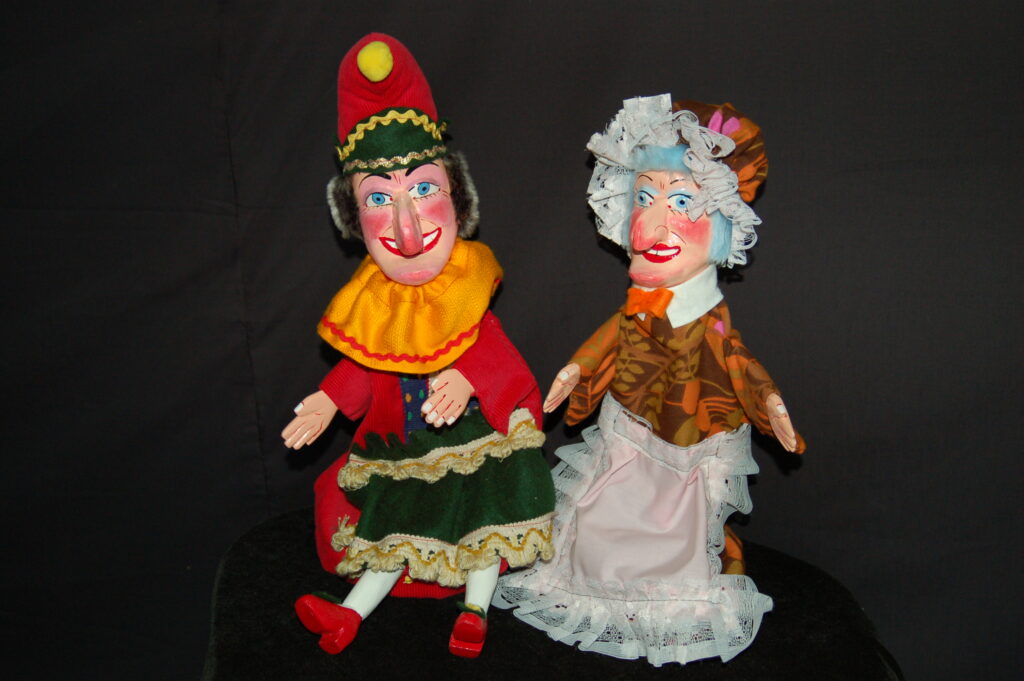Punch & Judy
The character of Punch was introduced to England by an Italian puppeteer, Pietro Gimonde, of Bologna (about 1662). In London's Coven Garden there is a plaque commemorating the first performance of these puppeteers. The name of the puppet clearly comes from the Pulcinella of the comedy of art and was immediately Anglicized as Punch. As a stem-headed puppet, it appeared in countless shows throughout the 18th century. Towards the end of the century, Punch began appearing as a glove puppet on the streets of London. The first records testifying to these apparitions date from 1785. The puppeteers who manipulate the Punch are called teachers.
The expansion of the railway in the 1840s led to the development of new centers of Punch representation, especially on the coast. But versions of the work were also found in the music hall, at private parties and at almost any large public event.
The Punch and Judy show remains a popular feature at outdoor parties, festivals and children's parties. Currently more than a hundred teachers, men and women, perform this show regularly.
The advent of political correctness has led some comedians to modify the show, reducing the gags and eliminating the hanging scene. However, other interpreters have opposed it, as they consider these modifications to affect the tradition.
Excerpts from the text of George V.Speaight (2012) Geoff Felix (2012)
You can see the Punch & Judy that we exhibit at the MIT Collection
Here is a video with an explanation, in English, of its features and handling.
The speaking puppeteer is Brian Clarke, the builder of the Punch puppets we have in the museum.
